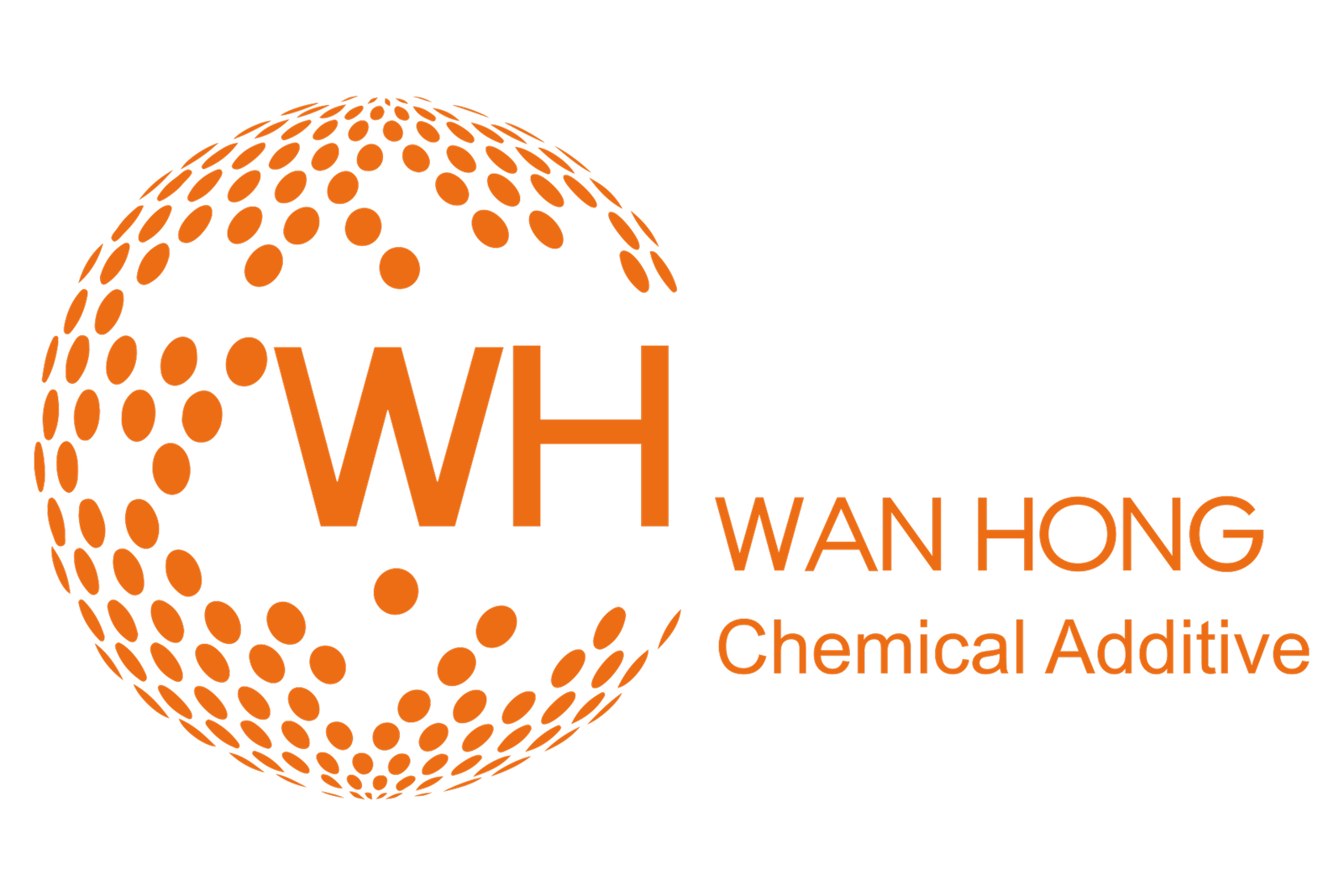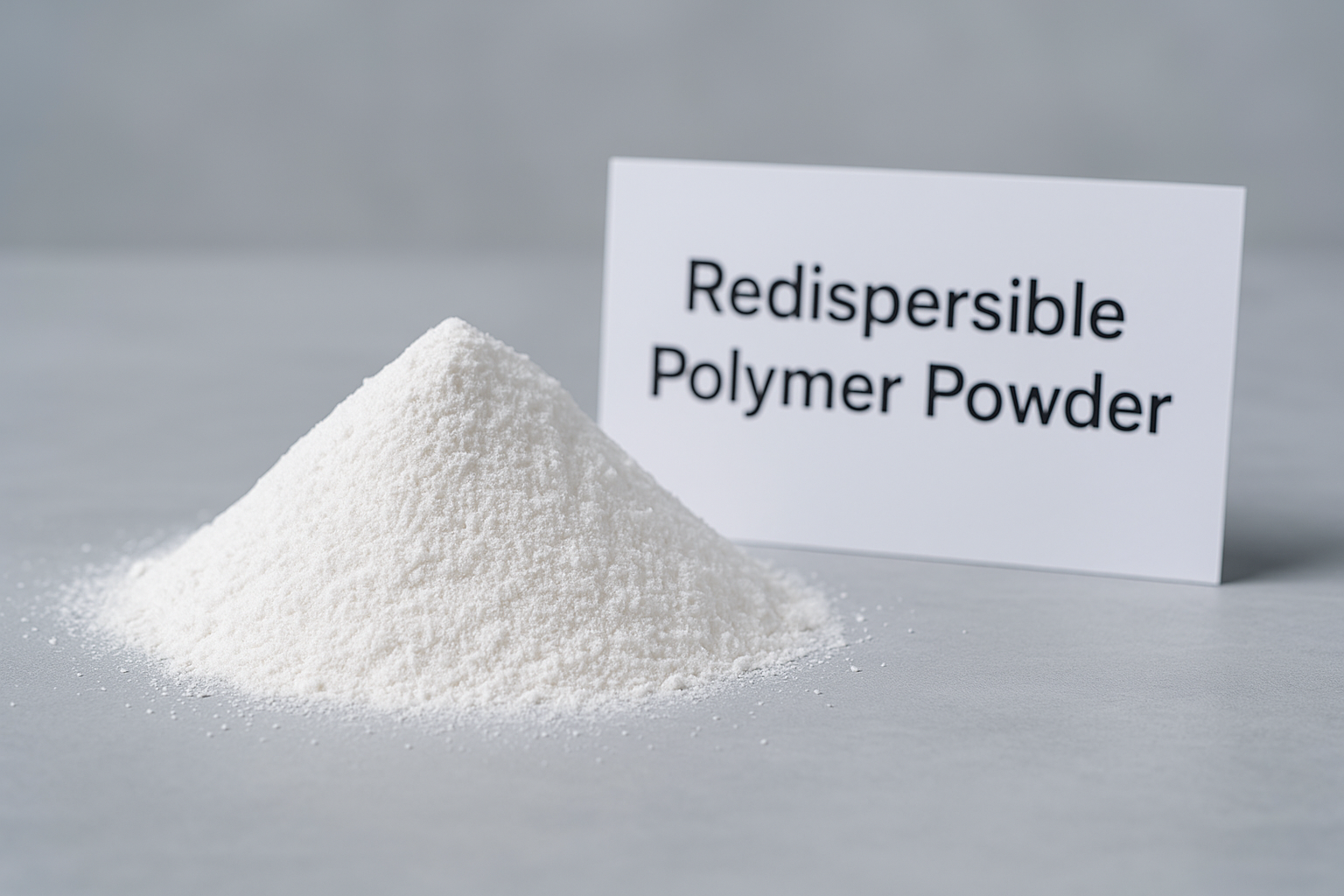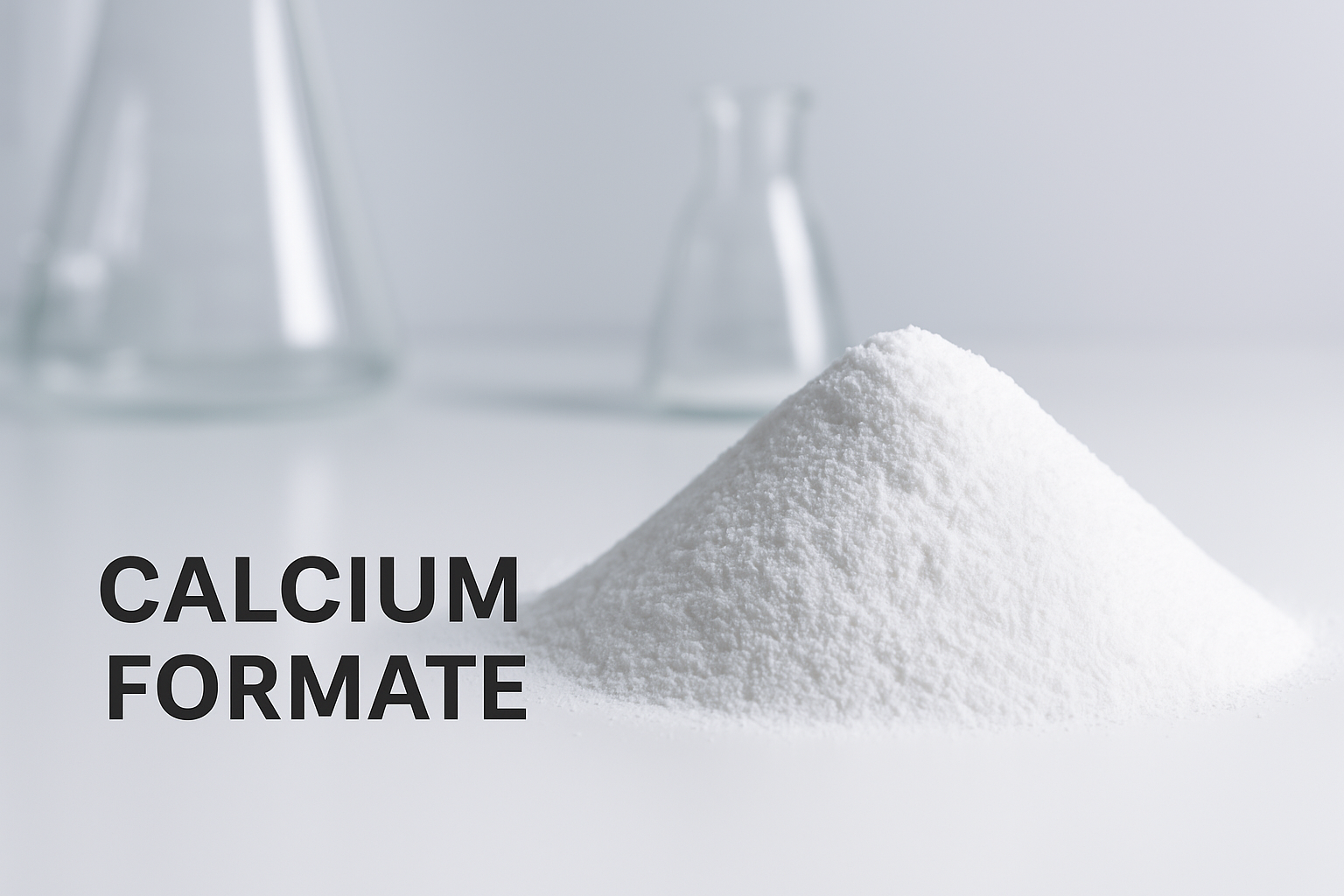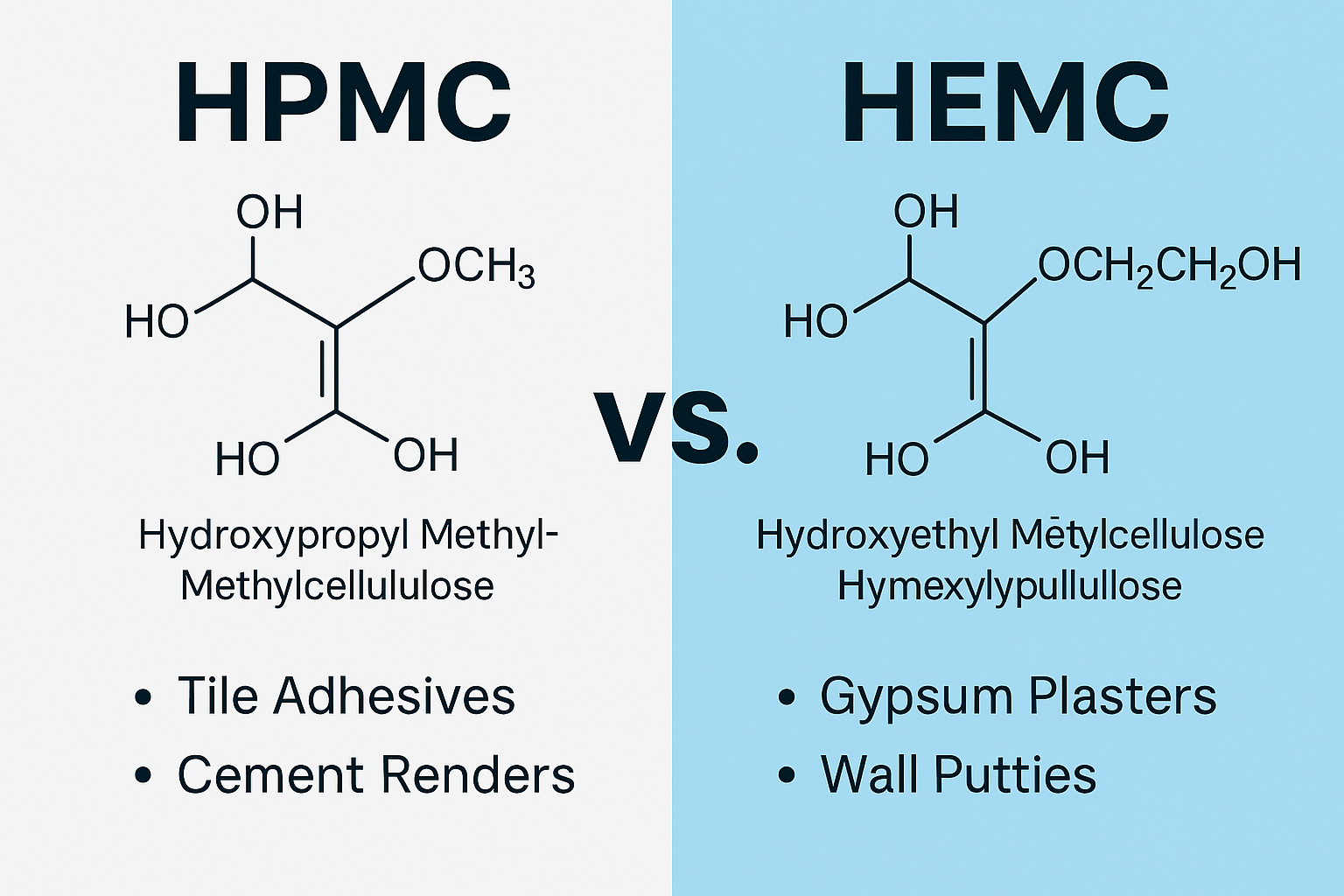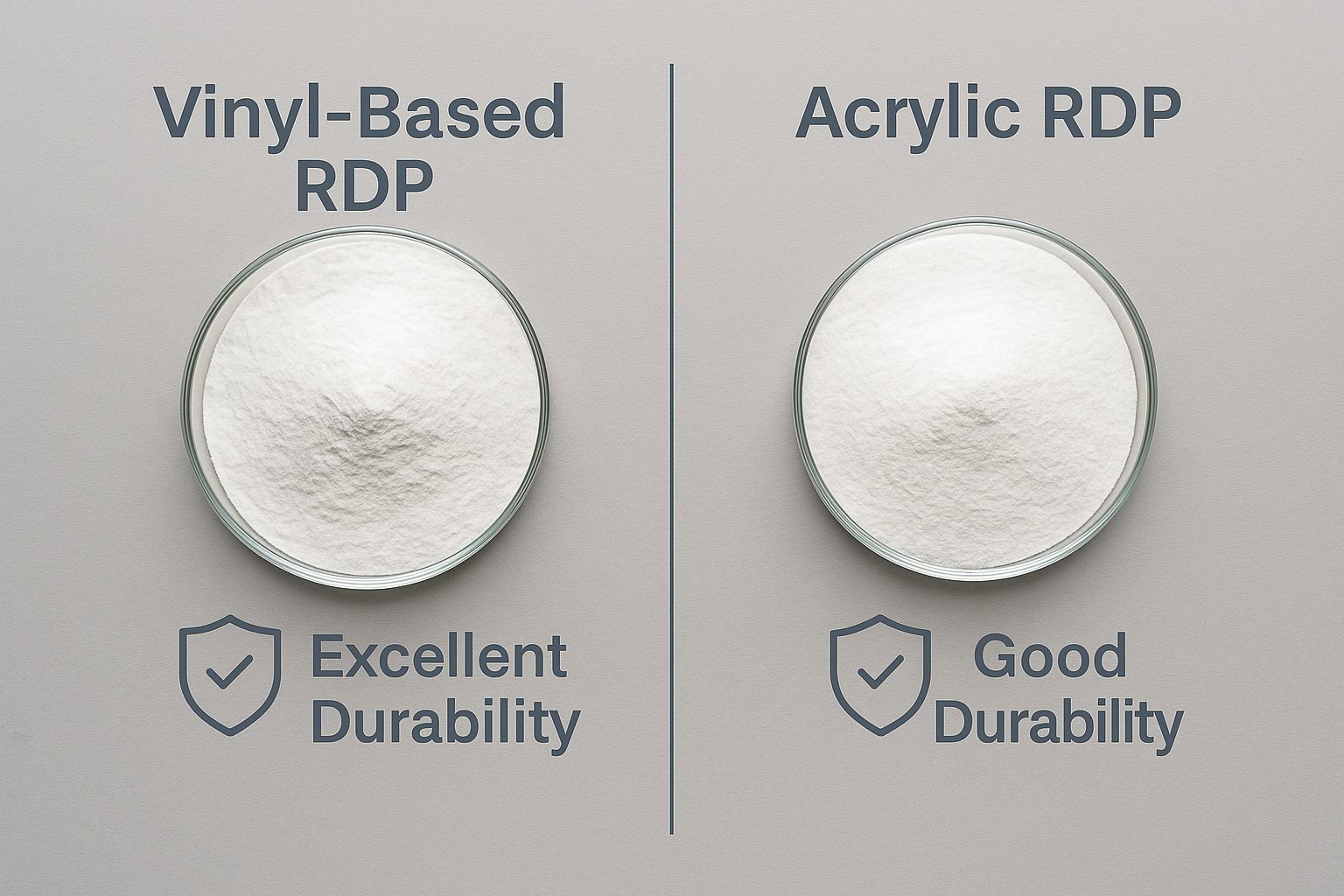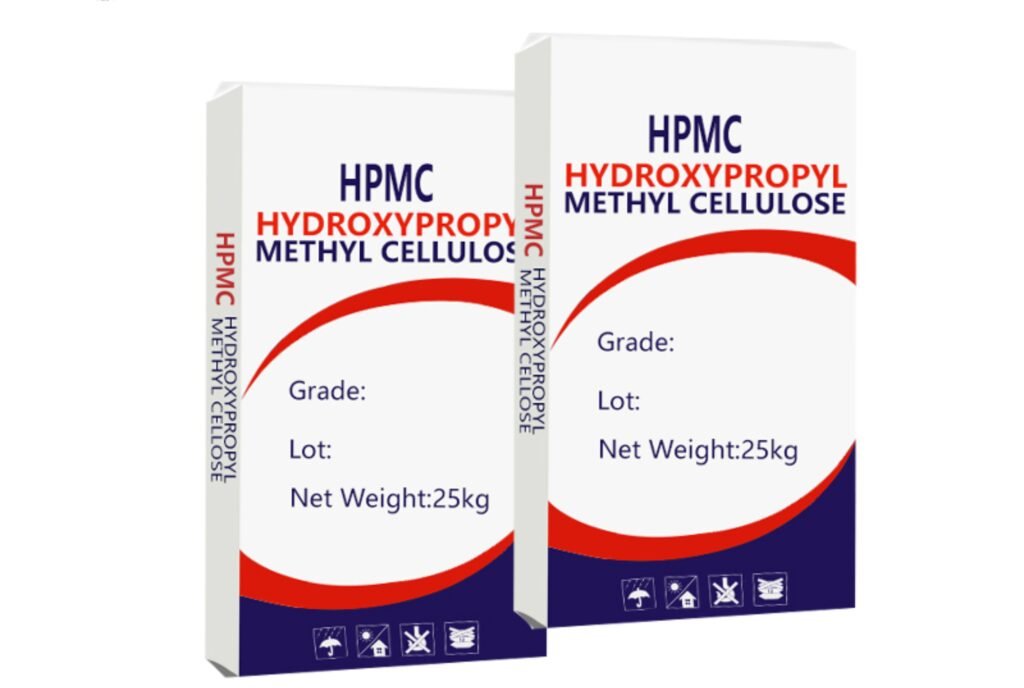What is Hydroxypropyl Methylcellulose?
Hydroxypropyl methylcellulose, commonly known as HPMC, is a versatile cellulose-based chemical widely used across various industries due to its unique properties.
Hydroxypropyl methylcellulose is widely used in building materials, coatings, synthetic resins, ceramics, medicine, food, textiles, agriculture, cosmetics, tobacco and other industries. Hydroxypropyl methylcellulose can be divided into: construction grade, food grade and pharmaceutical grade. At present, most of the building materials produced in China are construction grade. Among the construction grade, the amount of putty powder is very large, about 90% is used to make putty powder, and the rest is used as cement mortar and glue.
1.Construction Industry
Hydroxypropyl methylcellulose plays a crucial role in construction materials due to its water-retention, thickening, and adhesion properties.
Specific scenarios:
- Tile Adhesives: Improves adhesion and prevents tiles from slipping.
- Mortars and Cement: Enhances water retention and workability, preventing cracks and shrinkage.
- Self-leveling Compounds: Ensures smooth application and prevents settling.
- Wall Putty: Provides smooth finish and strong bonding to surfaces.
- EIFS/ETICS (Exterior Insulation Systems): Enhances flexibility and improves the durability of external walls.
- Coatings of refractory materials such as asbestos: Acts as a suspending agent, flow improver, and can also improve adhesion to the substrate.
- Joint cement: Added into the joint cement of gypsum board to improve fluidity and water retention.
- Spraying coating: Good for preventing cement or latex coating from sinking, improving fluidity and spraying pattern.
- Fiber wall: It is effective as a binder for sand walls due to its anti-enzyme and antibacterial action.
- Others: It can be used as a bubble retaining agent (PC version) which acts as a thin clay mortar and a mud hydraulic operator.
2.Pharmaceutical Industry
In pharmaceuticals, Hydroxypropyl methylcellulose is valued for its safety, reliability, and controlled-release properties.
Specific scenarios:
- Tablet Coating: Creates a protective coating for tablets, controlling drug release.
- Capsule Shells: Forms vegetarian capsule shells as an alternative to gelatin.
- Controlled-Release Formulations: Allows gradual release of medicine in the body, enhancing efficacy and patient comfort.
- Eye Drops: Acts as a lubricant and thickener in ophthalmic solutions.
- Jelly agent: used as a base for jelly-like external use or ointment.
- impregnating drugs: as a thickener, water retention agent.
3.Food Industry
Hydroxypropyl methylcellulose is widely used as a food additive due to its thickening and stabilizing properties, ensuring consistent quality and appealing textures.
Specific scenarios:
- Sauces and Dressings: Improves thickness and prevents separation.
- Bakery Products: Enhances dough stability, moisture retention, and softness.
- Ice Cream and Desserts: Ensures creamy textures and reduces ice crystal formation.
- Plant-based Foods: Provides structure and texture in vegan alternatives such as meat substitutes and dairy-free products.
- Canned citrus: Prevents whitening and deterioration due to decomposition of citrus in storage.
- cold water coating glazing: used for frozen fish storage, can prevent discoloration, quality degradation, coated with methyl cellulose or hydroxypropyl methylcellulose aqueous solution, and then frozen on the ice layer.
4.Cosmetics and Personal Care Industry
Hydroxypropyl methylcellulose is popular in personal care products for its moisturizing, thickening, and film-forming properties.
Specific scenarios:
- Shampoos and Conditioners: Provides smooth consistency and improved application.
- Lotions and Creams: Ensures even spreading, moisturizing, and stable emulsions.
- Toothpaste: Acts as a thickener, maintaining consistency.
- Makeup Products: Used in mascara, foundations, and eye gels for smooth texture and better application.
5.Paints and Coatings Industry
In paints and coatings, Hydroxypropyl methylcellulose enhances viscosity, stability, and prevents dripping, contributing to smoother application.
Specific scenarios:
- Water-based Paints: Provides thickness and easy application without dripping.
- Coating Films: Creates uniform protective coatings, enhancing durability.
- Wallpaper Adhesives: Offers excellent adhesion and ease of use.
6.Detergent and Cleaning Industry
Hydroxypropyl methylcellulose helps detergents by enhancing stability, texture, and thickness.
Specific scenarios:
- Liquid Detergents: Improves texture and consistency.
- Cleaning Gels: Ensures gel-like stability and prevents separation.
- Fabric Softeners: Enhances viscosity, making products easier to apply.
7.Ceramic Industry
Hydroxypropyl methylcellulose is extensively used in the ceramic industry for its excellent binding, thickening, and suspension properties.
Specific scenarios:
- Ceramic Tile Adhesives: Improves bonding strength and ease of tile application.
- Glazes and Slips: Maintains consistency, enhances smoothness, and prevents sagging during application.
- Extrusion and Casting: Ensures uniform mixture flow, preventing cracks and improving shape retention in ceramics.
8.Other industries
- Fiber: Used as pigment, boron forest dye, salt-based dye, printing paste for textile dye, and combined with thermosetting resin in corrugated processing of kapok.
- paper: used for carbon paper and oil resistant processing of carbon paper.
- water-based ink: added to water-based ink, ink, as a thickener, film-forming agent.
- Tobacco: As a binder for recycled tobacco.
- leather: used as the final lubrication or disposable cement.
Hydroxypropyl methylcellulose (HPMC) is essential across many industries, from construction and pharmaceuticals to ceramics and personal care, thanks to its versatility and effectiveness. Understanding how Hydroxypropyl methylcellulose is used helps illustrate its importance and value in improving product quality and performance.
